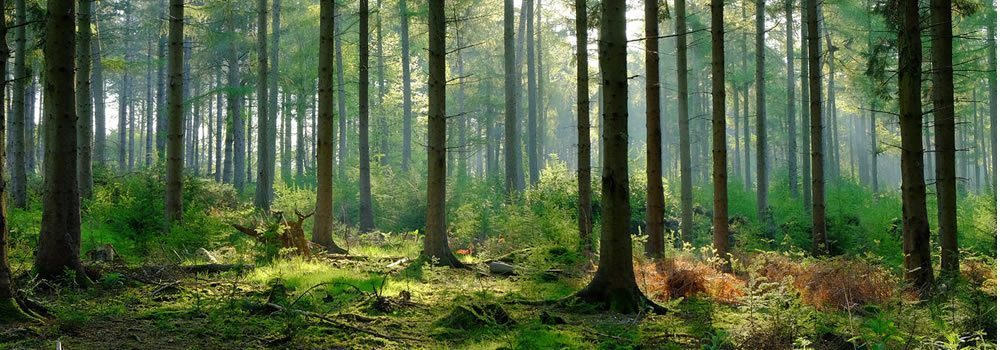Global warming, climate change and environmental degradation confront mankind, although the USA has pulled out of the Paris Climate Accord. This World Environment Day, let’s see how the world faces unprecedented challenges of survival in the form of environmental degradation. NASA—also part of the United States—figures point out temperatures have increased by 1 degree since 1880; 9 out of 10 hottest years occurred after the year 2000. By 2012, Arctic ice shrank to lowest level. Sea levels are going up at 3.4 mm per year. Human habitation, particularly the coastal areas, will start getting submerged.
In India, there is environmental crisis in front of us. Air pollution levels is hazardous, particularly in cities. Particulate matter is rising. Delhi smog was a manifestation of the most alarming threats posed to humanity. Air pollution exceeded hazardous levels. A World Health Organization (WHO) report of about 1,600 cities ranked Delhi, the most polluted. Air pollution was 40 times higher than permissible limits (WHO) and 15 times higher than the Indian standards.
Big Data Analytics for environment and energy conservation
Big Data is a name given to complex data-sets that cannot be processed by the conventional methods. Big Data tools can process data-sets in order to discover patterns and correlations and gain insights and actionable inputs. The tech uses mathematical tools and algorithms to provide trends and make predictions. Let’s find out how Big Data applications can help mankind in its struggle to save the environment.
Sophisticated sensors need to be put up at strategic locations to yield data on parameters impacting pollution levels. With sensors becoming affordable, such a strategy is achievable. The tools analyze data gathered by sensors to monitor pollution. Data include demographics, weather station inputs, all of which can be a treasure of information.
How Big Data applications can be used for pollution control
If sensors detect pollution in specific areas, inputs can be used to divert traffic to areas which are less polluted. There can be other responses: more medical personnel for areas with greater influx of patients with respiratory diseases, thus, helping the problem getting managed in real time. Sensor-enabled street lights can be made self-adjusting to number of people that are present at a specific time.
“Big Data as well as Predictive Analytics can predict situations. This can lead to data-driven decisions which can be made in real time. Consequently, environmental disasters can be avoided,” said Shashank Dixit, CEO, Deskera, which has developed its own Big Data tool.
Modern technology can be used to provide insights and help the fight to conserve the environment and reduce mankind’s carbon footprint, provided it is leveraged correctly. There can be no better day to do it than the World Environment Day.

